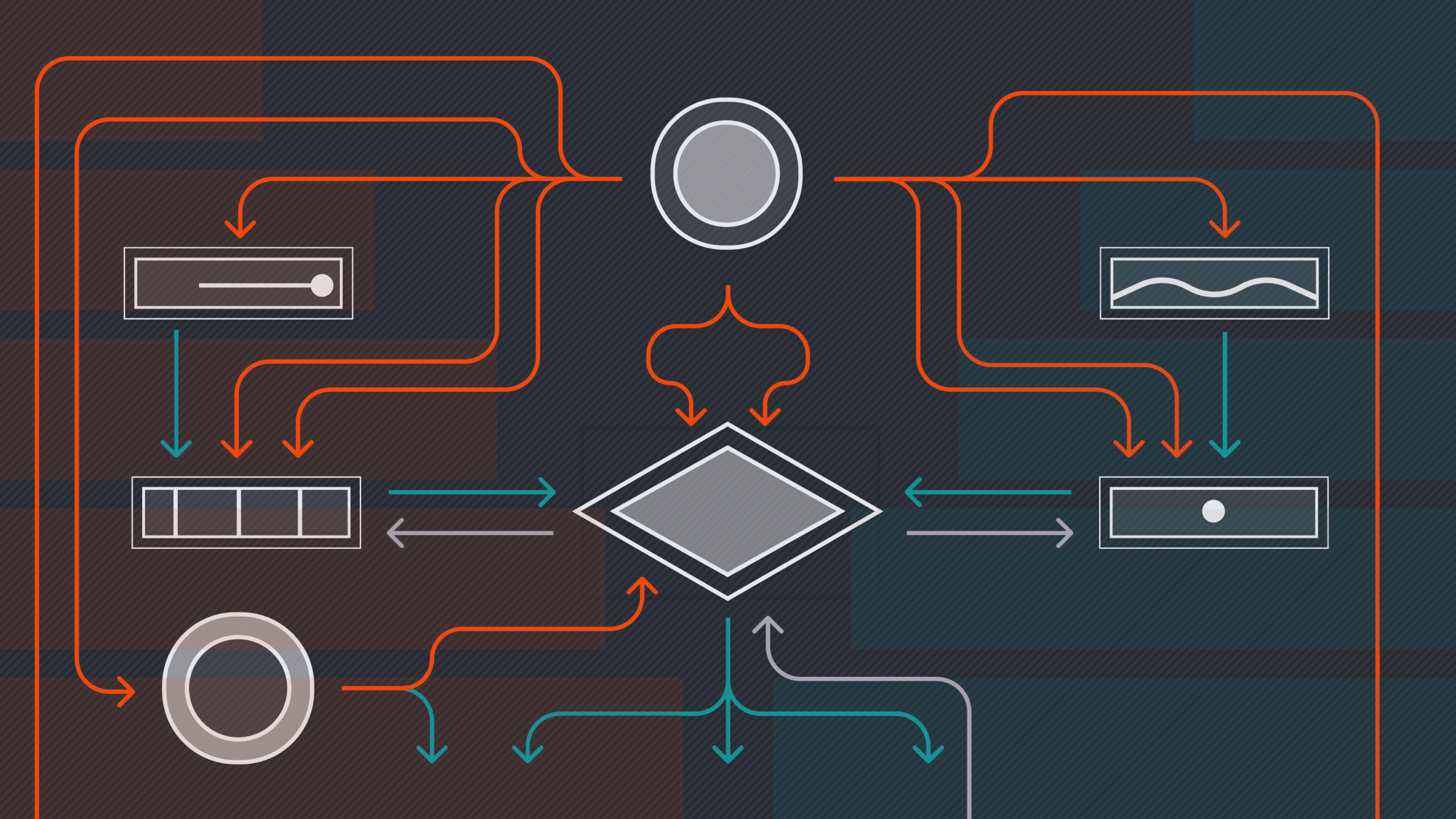
This buyout model, where private equity funds use investor cash and significant amounts of debt to acquire businesses, has been used to buy companies such as casino group Caesars Entertainment and pharmacy chain Alliance Boots.
It is perhaps the most well-known and common use of leverage in the industry, but it is also just the beginning — as the private equity business has evolved over four decades, its leverage structures have become fiendishly complex.
Because the buyout model is heavily dependent on an active market for selling and listing companies — two of the main avenues through which a fund can exit an investment — a near three-year slowdown in such deals has made it difficult to return cash to investors.
This freeze has led to the growth of specialist funds that buy up private equity stakes. These are often launched by private equity firms, including French group Ardian and Wall Street rival Blackstone. The investors in these so-called secondaries funds can be the same as for the private equity funds themselves.
Meanwhile, investment firms such as Dyal Capital and Goldman Sachs-linked Petershill have raised billions of dollars to buy shares in private equity groups from general partners, which in effect gives them a share of their revenues and profits.
Limited partners have also increased the pressure on private equity firms to return capital, and threatened to withhold investments in future funds if they do not.
This has forced private equity firms to get more creative about how they free up cash, which has led to a rise in complex financing arrangements such as dividend recapitalisations and net asset value lending.